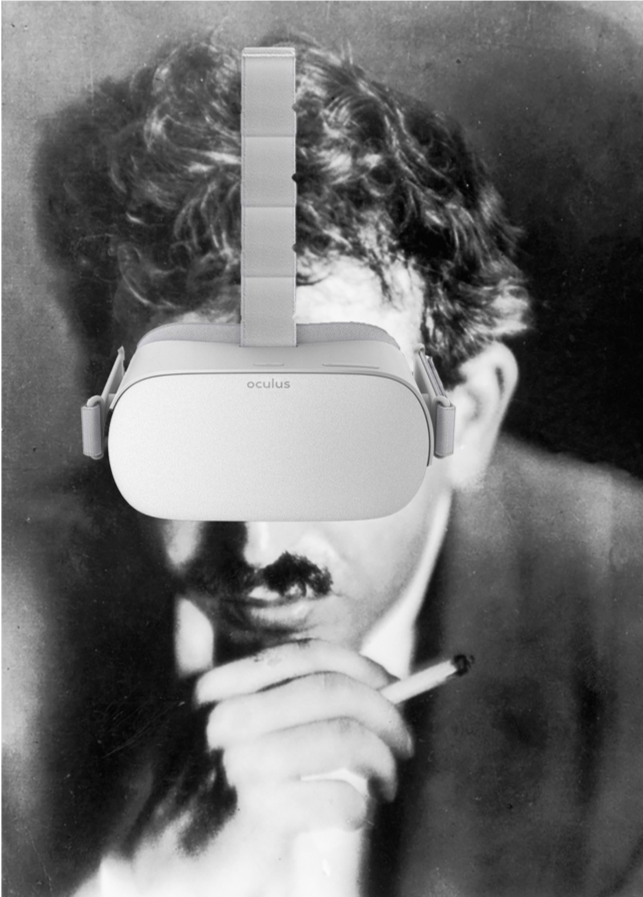The essay “The Work of Art in the Age of Mechanical Reproduction” is one of Benjamin’s most influential works, not only at the time when it was published but its impact can be sensed in our contemporary world as well. It opens up new avenues for thinking critically about how we perceive art. It draws on many art forms namely, paintings, films, and theatre. In his article, Benjamin sheds light on a very significant term that became associated with this specific article. This term is what Benjamin names the “aura”. He defines the “aura” as a ‘strange weave of time and place’. In other terms, the aura is the uniqueness of an object produced in a certain time and space. It is what gives a piece of art that sense of authenticity.
only at the time when it was published but its impact can be sensed in our contemporary world as well. It opens up new avenues for thinking critically about how we perceive art. It draws on many art forms namely, paintings, films, and theatre. In his article, Benjamin sheds light on a very significant term that became associated with this specific article. This term is what Benjamin names the “aura”. He defines the “aura” as a ‘strange weave of time and place’. In other terms, the aura is the uniqueness of an object produced in a certain time and space. It is what gives a piece of art that sense of authenticity.
Benjamin argues that photography and films allowed for the mechanical reproducibility of the work of art leading it to lose its aura. He also believes that mechanical reproduction liberates the work of art from its parasitical dependence on rituals. Benjamin’s account for the impact of reproducibility is twofold. He states that this reproduction democratizes the notion of art and makes it accessible to all social spheres. On another hand, he turns his attention to the way in which art can be transformed into a revolutionary tool for the proletariat. Indeed, this essay can be functional and read in the light of our modern world. With the rise of modern technology and the flux of social media platforms, the arguments that Benjamin discussed in the mid-1930s can be brought to light again. Social media platforms are openly accessible to everyone and everyone can have a voice there and can express themselves. All works of art have been available just with a finger click. There is a clear threat with what benjamin discussed and the modern world.


